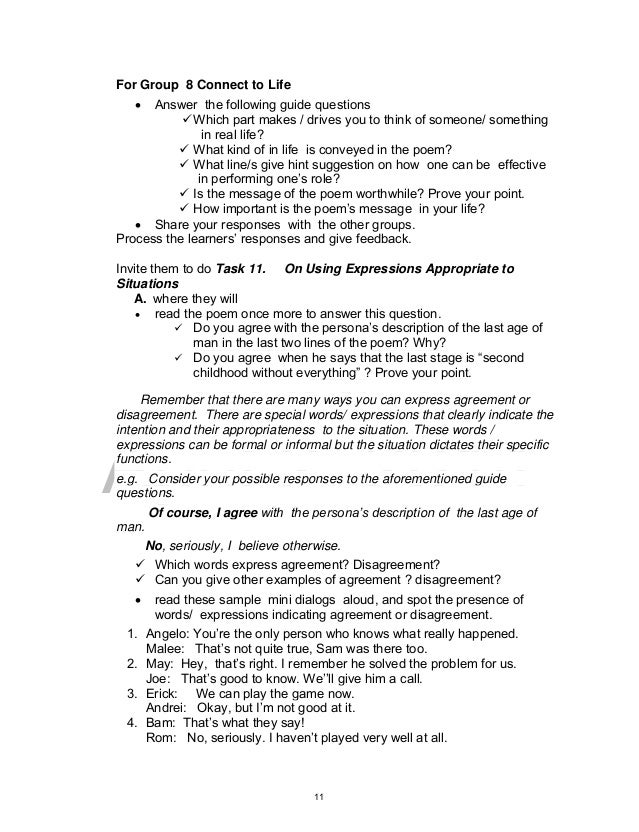

Poets generally focus on a single idea throughout the text. Theme means a recurrent idea in a piece of poetry. The final step is all about identifying the theme of the poem. Step Seven – What’s the theme of the poem? Explore how the title reveals more insights after a thorough analysis of the poem. Compare your preliminary interpretation with your conclusive interpretation of the title. So, try to figure out what new details the title provides. This time you have become familiar with the intricate details and connotations. The first time, like a beginner, you’re speculating upon the title’s possible meanings. But, this time, you are reading the title from an analyst’s perspective. In order to find the shifts in a poem, you have to critically examine the tone, punctuations, stanza breaks, changes in diction, etc.Īfter completing the above steps, you have to read the title again. In poetry analysis, we consider shifts as the change in attitude, word choice, structural divisions ( stanza breaks or line breaks), punctuation marks, etc. What does shift mean? Consider shift as a change or transition from a specific thought to the next. The fifth TPCASTT step deals with the shifts in a poem. After pointing out the tone, you can talk about how it affects the mood or the impression of the poem on readers’ minds. To determine the speaker’s tone one needs to examine the diction, imagery, and rhetorical details within the text. The information we gathered in the third step greatly helps us in this step.

In the fourth step, you have to identify the attitude or tone of the speaker to the subject. Step Four – What’s the speaker’s attitude/tone? They just need to point out the important ones and justify how those devices impact the poem’s overall meaning or the idea of a particular line. It is not expected of students to find out all the devices in order to figure out the connotation. Otherwise, it is difficult to determine the figurative meaning of a line apart from its literal meaning. It requires thorough knowledge of poetic devices, imagery, figurative language, diction, point of view, sound devices, etc. The third step is the most important step of all the seven steps. Step Three – Figuring out the connotations Writing a summary is like providing a snapshot of the piece, which is different from a paraphrase. To paraphrase a piece, you have to simplify the poem in easier terms. Always remember that your paraphrase must include the exact number of complete sentences, if any, used in the poem. In long poems, the paraphrase could be several lines longer. For short poems, you have to write only three or four lines. In the second step of TPCASTT, thoroughly paraphrase the poem by replacing the critical words with simple ones. In this step, write down what you think about the title and what its significance could be. For those poems, consider the first line as its title. There are several poems, especially from the 19th and 20th centuries, that don’t have any titles. In the first case, you have to be aware of the title’s implications. Whereas naming titles gives out a general sort of information about the poem. Interactive titles generally have something to do with the text itself. For your reference, there are two types of titles: In the first step, you have to read the poem’s title and think about its significance.
#POETRY SCANSION PRACTICE WITH ANSWERS HOW TO#
How to TPCASTT a Poem Explained Step One – Read the Title

Let’s explore all the steps in detail below: Do we need to analyze a poem’s title twice? Yes, in the first step, you have to analyze only the title without reading the poem and in the sixth step, you have to figure out why the title is appropriate with respect to the subject matter. Note: Always remember – there are two T’s at the end of the acronym.Īs we can see, the first and sixth step focuses on the title of a poem. This technique guides readers to appreciate a poetry text in a holistic manner. The term TPCASTT comprises seven simple steps in order to point out the important aspects of a poem. TPCASTT is a stepwise poetry analysis method used to analyze a text with specific emphasis on the title, content, connotation, attitude, shift, and theme.



 0 kommentar(er)
0 kommentar(er)
